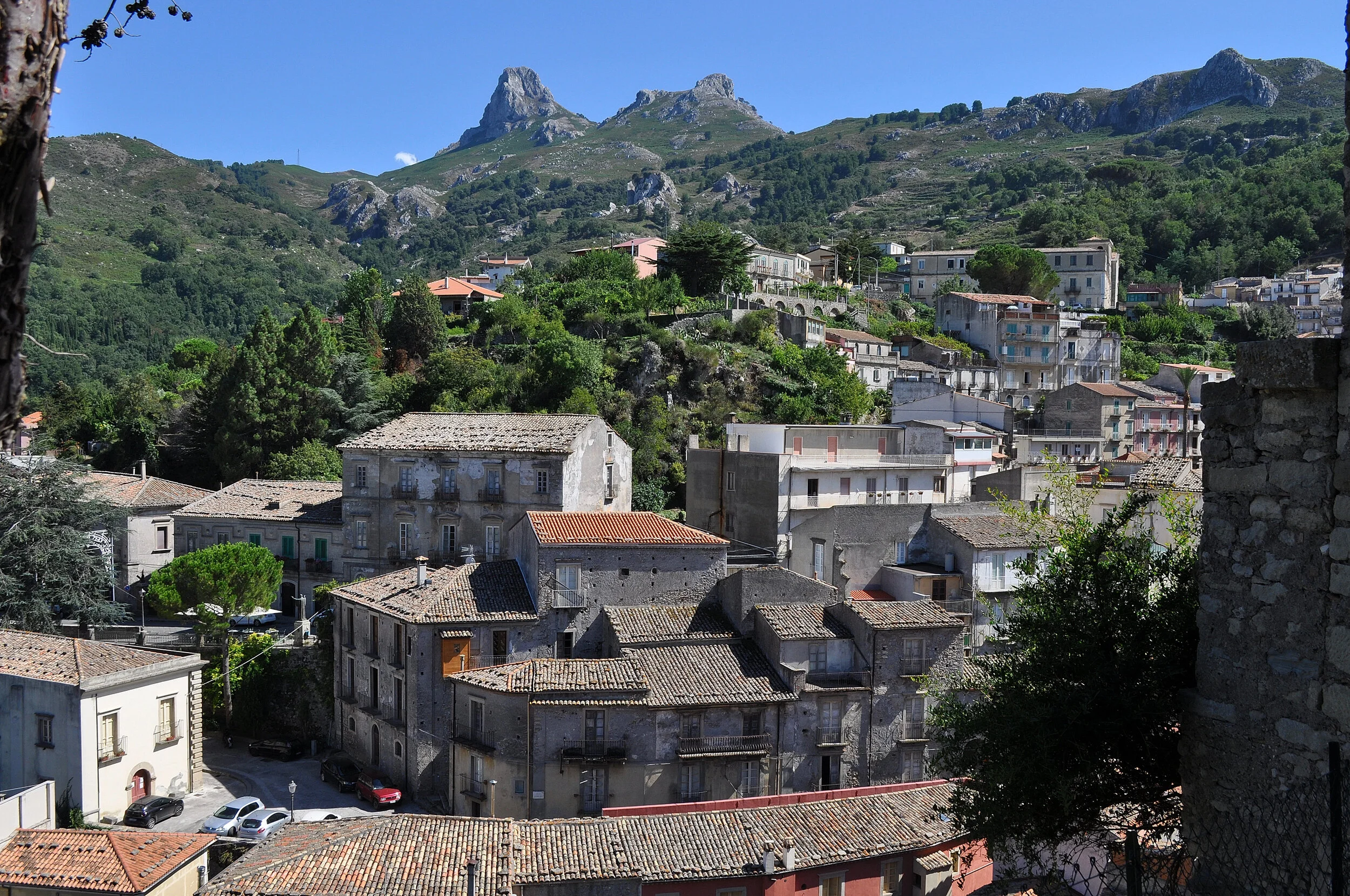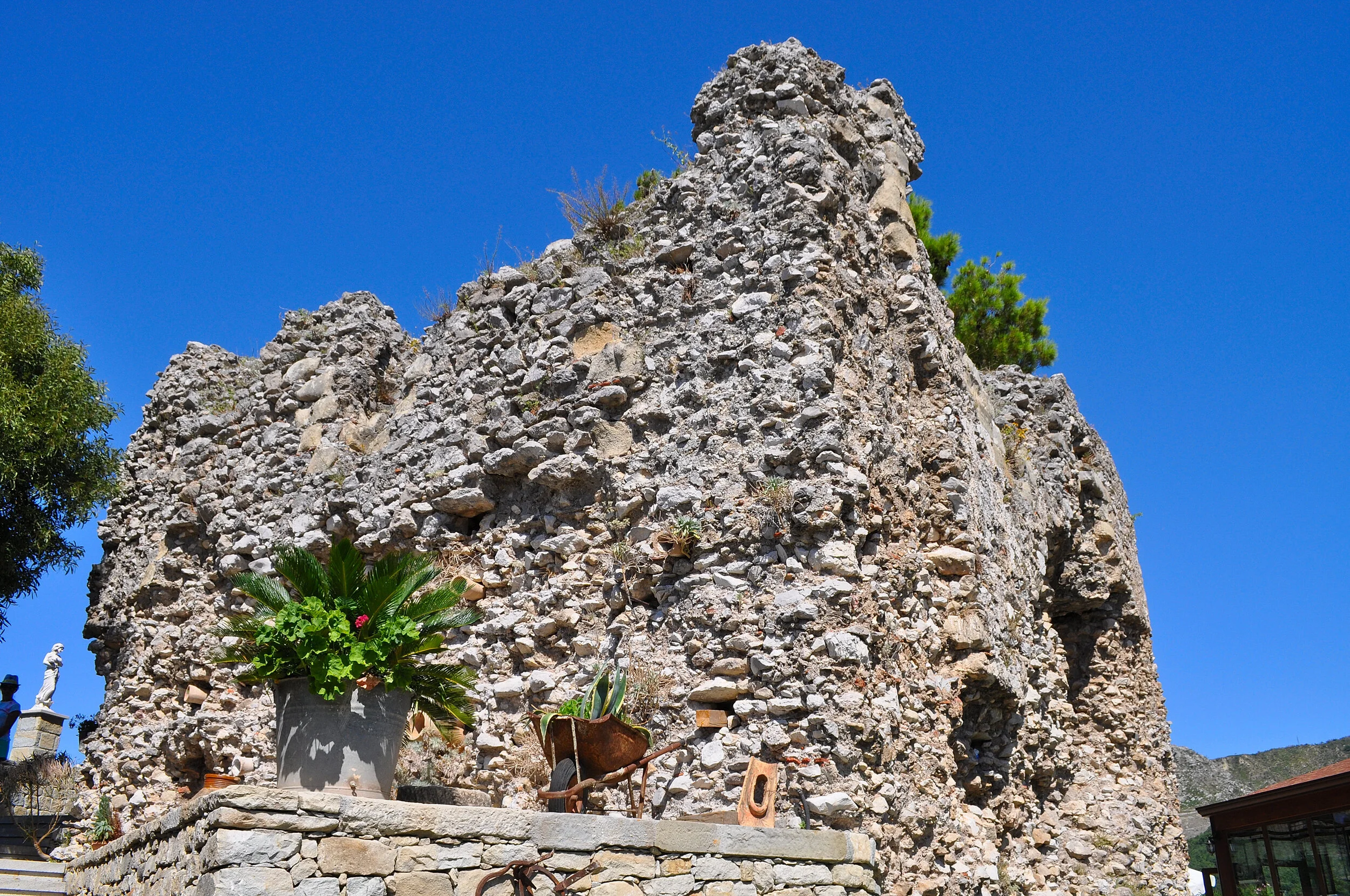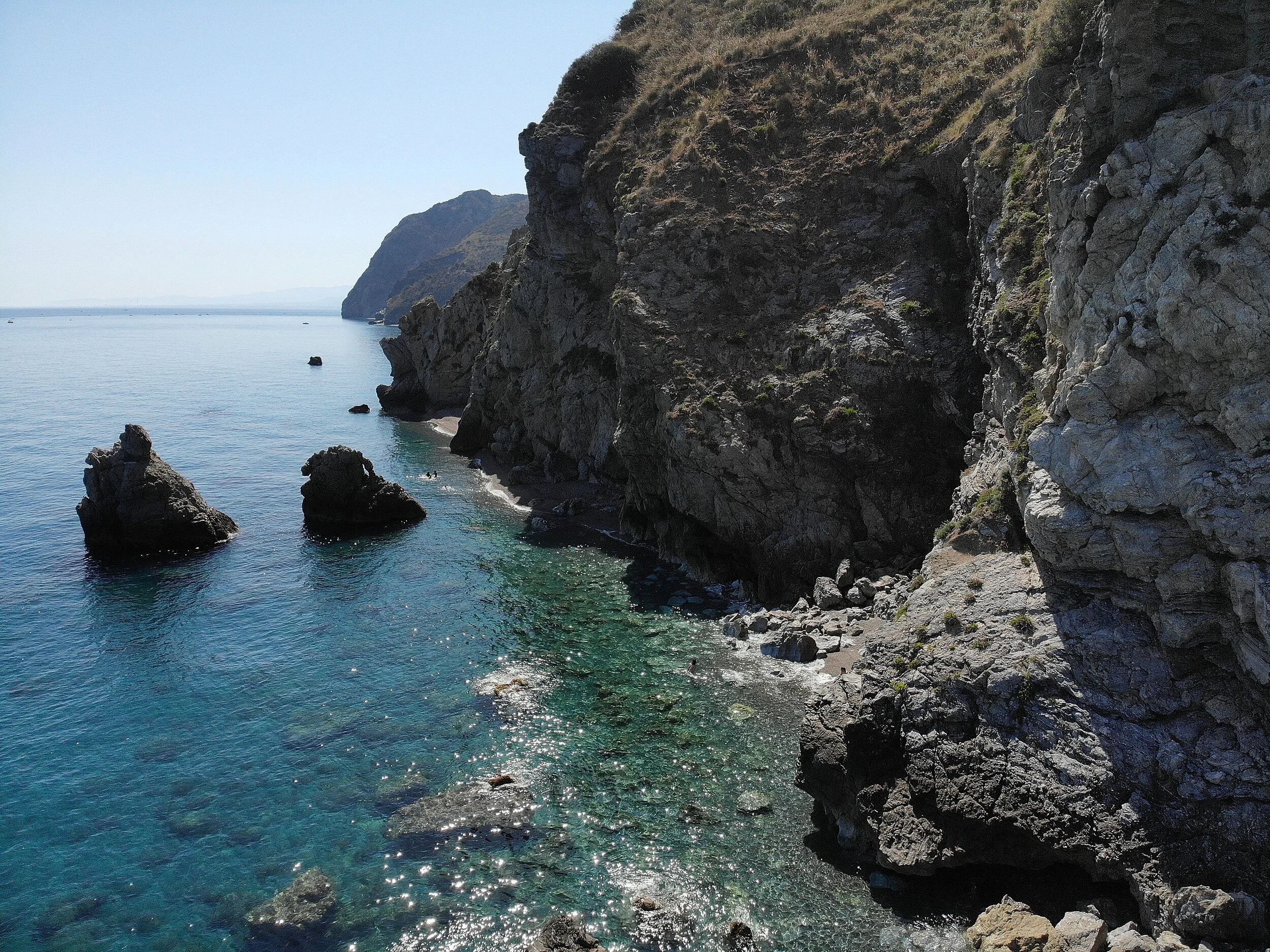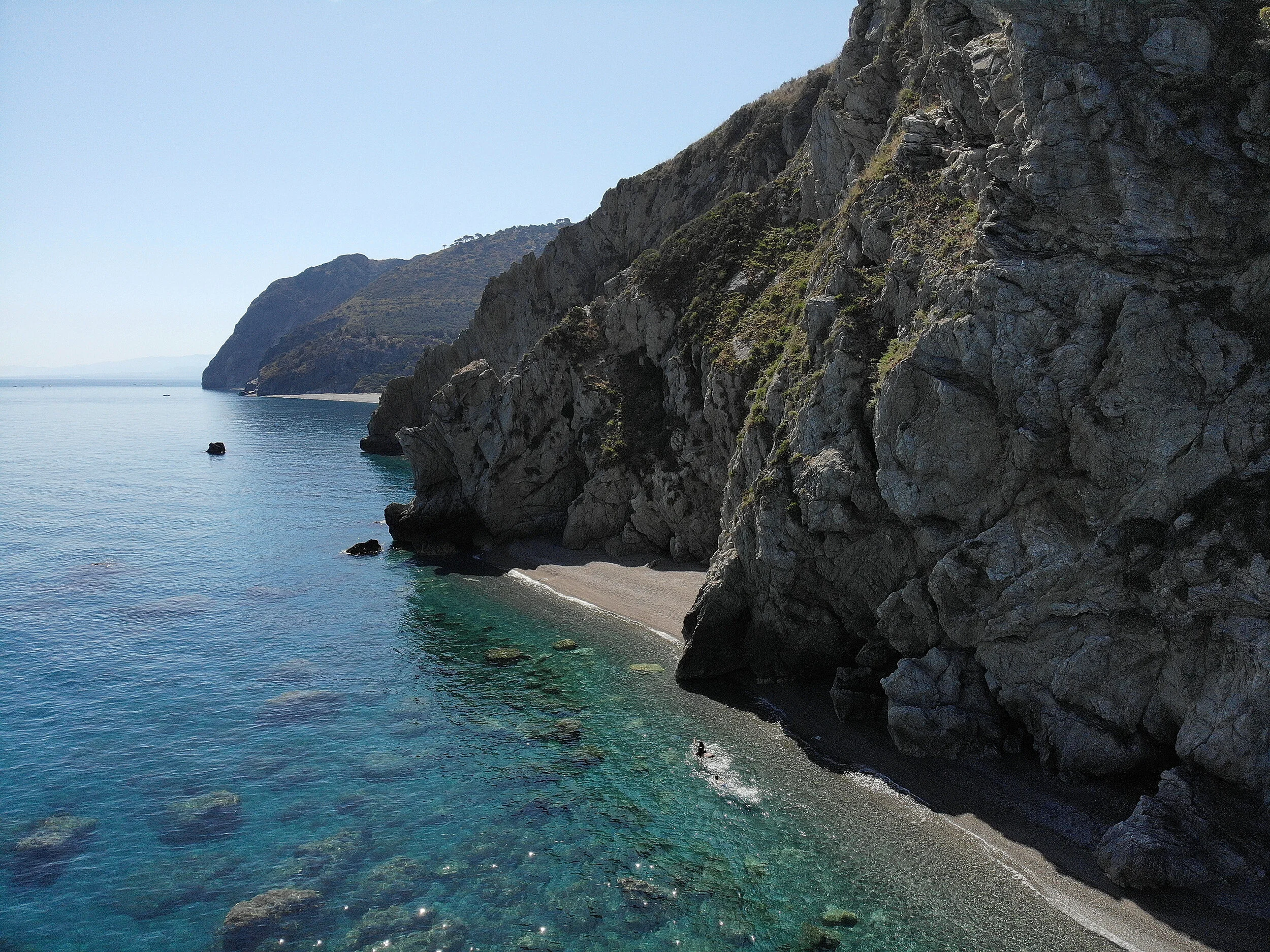Novara di Sicilia
Alberto: Here I am again, everyone! Let’s continue our tour discovering Sicily…
Angela: Where are you taking us this time?
Piero: So far, you’ve been flawless: easy trips for the family and very interesting discoveries.
Angela: Not to mention the main ingredient: the sea!
Alberto: So, I’d say we keep going on this path, quite literally. Like with Tindari, we stay close to our base in Milazzo; get your legendary van ready and let’s go for the day! We’ll move just 45 kilometers towards Palermo and inland: our destination is Novara di Sicilia!
Piero: I’ve heard about it because it’s listed among the most beautiful villages in Italy, I like it!
Angela: But you said inland, so does that mean no sea today?
Alberto: Calm down! The village is wonderful, but it won’t take up the whole day: we’ll still have time for a fantastic surprise I won’t reveal just yet.
Piero: The usual mysterious guy… Everyone on board then! Let’s go!
Welcome to Nuè!
Alberto: we have just under an hour of travel to reach our destination; once again we take the A20 highway and exit at Falcone; from there, we head inland following the first stretch of state road 185 until we reach Nuè.
Piero: that’s what the locals call this village; here they speak a strange dialect, Gallo-Italic. Even though we are in the heart of the Mediterranean, the inhabitants of Novara descend from soldiers and settlers who, coming from northern Italy and southern France during the Norman conquest of Sicily, settled in this area. It’s really curious to listen to the local speech, which is a mix of Sicilian and Genoese with Padanian accents: south and north fused not only in the name — sharing it with the Piedmont city Novara (with which it has nothing to do) — but especially in the words. The name probably derives from the earlier Greek and then Roman settlement called Noa, which under the Arabs became Nouah: both ancient names testify to the beauty and fertility of the territory.
Alberto: the first traces of human settlement date back to the Mesolithic, with dwellings carved inside Sperlinga Rock and finds in Contrada Casalini. Clearly, these dwellings have little to do with the village that developed later, but stone remains the guiding thread of Novara’s development: the inhabitants specialized in stoneworking, passing the craft down from father to son, and many houses and constructions are made from the local stone, sandstone. Pliny, in Roman times, mentioned Noa in his writings and called its inhabitants noeni. In the 9th century, the Berbers built a new castle replacing the one used throughout the Byzantine period. In the 11th century, a colony of Lombards, Catholics with the Latin rite, probably settled where the current village stands; it returned to Christian rule and was called Nucaria. In 1171, the first Cistercian abbey in Sicily, Santa Maria Nucaria, was founded by Saint Ugo under King Roger II. Then came the periods of Norman and later Aragonese domination. The village reached its peak development in the 17th century, which shaped the building fabric still visible today.
Piero: the village was damaged by the Allied bombings in August 1943 during World War II. It has been gradually rebuilt and today is one of the most beautiful villages in Italy.
Angela: today Novara is a gem located at the border between the Peloritani and Nebrodi mountains, on the slopes of the mountains, in a charming natural setting made of woods beyond which dominates the imposing rock spur, Rocca Salvatesta, reaching 1,340 meters in height; on the other side, the view is enriched by the sea, the Aeolian Islands, and the Tindari promontory, which can be admired from above.
Alberto: the village is made up of small houses built disorderly one on top of another, a labyrinth of alleys and narrow streets sometimes embellished with arches; but above all, it is full of elegant palaces with decorated facades and sumptuous churches. All this, carefully maintained and preserved, gives Novara its typical medieval appearance. The streets are paved with cobblestones. As mentioned, sandstone dominates both civil and religious buildings; some constructions also feature architectural elements made of cipollino, another local reddish stone.
Piero: arriving from the state road, our walk begins on Via Duomo. We reach one of the most interesting places of our visit, the Cathedral of Santa Maria Assunta. It is the largest and most important church in the village. It dates back to the 16th century and is obviously built in sandstone; the interior is extraordinarily rich, with three naves and twelve altars decorated with beautiful frescoes and statues. From here, almost all the processions start and end, which take place numerous times during the year: it begins with Saint Anthony Abbot on January 17th, when animals are blessed and "u focu" (the fire) is lit, believed to heal herpes; then the Easter period follows, with very ancient rites that are always repeated in the same way over time, maintaining their charm; of course, the living nativity scene is a must during the Christmas period. But the central moment of the religious life of the community is the night procession of the Assumption on August 15th: the entire village is decorated and filled with lights; the ancient vara (processional float) is prepared with jewels donated by the faithful, and dozens of candles are lit at its base; then the procession moves through the streets of Novara in a fascinating nighttime setting!
Alberto: the religious devotion has significantly shaped the urban development of Novara. At every corner, there are churches, some truly very beautiful: from the oldest and smallest, San Francesco Church, dating back to the Middle Ages, to the Baroque churches of Annunziata and Sant’Ugo, ending with San Giorgio, San Nicolò in the heart of the town, and Sant’Antonio Abate.
Angela: the whole town unfolds through the wonderful typical medieval alleys: walking through them is truly fascinating. Besides the many churches, there are just as many buildings worth photographing: Villa Salvo in the San Francesco district; the Palazzo Stancanelli on the main square; Casa Fontana near the Cathedral; Palazzo Salvo Risicato; the Town Hall (Palazzo del Comune); and the 19th-century Teatro Comunale.






Piero: the highest point of the village is occupied by the ruins of the Saracen Castle. Little remains of the ancient structure: only one tower out of the original four that probably made up the original construction, lost over time due to neglect as well as the earthquakes and landslides that affected the cliff on which it was built. The land where the castle once stood is now privately owned and hosts a restaurant.
Alberto: this certainly hasn’t helped over time in the preservation of this symbol of ancient Novara; however, it is still definitely worth visiting for the splendid panorama enjoyed from here over the entire village, the valley, Tindari, the sea, and the Aeolian Islands.
Rocca Salvatesta
Piero: just before lunch, we leave the village to head towards the Rocca Novara that we had seen dominating the town.
Angela: a little over ten minutes by car and we reach the starting point of this hike towards what the locals call Rocca Salvatesta.
Piero: along with its natural beauty, this place is tied to an ancient legend: according to tradition, an invaluable treasure is hidden here; to find it, one must overcome a series of trials — and it must be a woman who does it!
Alberto: exactly: within twenty-four hours, she must collect firewood from seven different forests and weave a linen cloth on a loom; then she must gather grain to grind into flour at the mill, use the firewood to bake bread, and once ready, wrap the bread in the cloth she just wove. The trial ends by eating the bread at the foot of the Rocca; at midnight, a knight, according to tradition, will open the treasure doors and hand over jars filled with gold to the lucky one.
Piero: the Rocca is the highest point of the Peloritani Mountains at 1340 meters and because of its shape, it is also known as the Matterhorn of Sicily. The hike to the summit takes about three hours and is not easy, especially in summer and even more so with children. The walk starts from a picnic area located right on the Sella Mandrazzi road that connects Novara to Francavilla di Sicilia.
Alberto: the first stretch is steep but short, and can be handled without difficulty. Once we reach the plateau, we decide to stop and admire the stunning view of the Bay of Tindari on one side, and enjoy a different perspective of the Rocca, flanked by the Racco del Leone.
Piero: this is probably the area where the first settlement historically took place. After breathing in some fresh air and enjoying the breathtaking view, we head back to the village for lunch.
Angela: a quick lunch featuring local specialties, and among them we can’t miss a taste of Novara di Sicilia’s signature product: Maiorchino cheese.
Alberto: it’s a delicious cheese, produced exclusively here, and its name probably comes from the sheep’s diet, which includes leftovers from a local variety of wheat called Maiorca. It’s made mostly from sheep’s milk, with a good amount of goat’s milk added in.
Piero: this cheese even has a festival dedicated to it, where locals compete by rolling the large wheels of Maiorchino through the narrow village streets. The final showdown takes place during Carnival time. Both the cheese and the festival follow very ancient rules and traditions.
The beach of Mongiove
Alberto: I can see the kids are tired now, and I had promised them a surprise!
Angela: that’s right! The sea, isn’t it?
Alberto: exactly! I’m taking you to a special beach — Mongiove Beach. It’s about thirty kilometers away, so forty-five minutes by car, and we’ll be there… let’s hope we find a parking spot right away!
Piero: the beach is part of the Oriented Nature Reserve of the Marinello Lakes. The first stretch is quite wide and ends on the right with a fascinating promontory. As is often the case in this part of Sicily, the fine sand gradually gives way to pebbles as you get closer to the shoreline; and as you move toward the promontory, the rocks become more prominent.
Angela: overall, it’s a beautiful beach and the sea is crystal clear, although it gets deep quite quickly. It’s the perfect place to spend an afternoon, although it can get crowded on weekends and during July and August.
Piero: what makes it special is that, with a short swim — or, if you're lucky, during low tide and when the sea is calm — you can pass around the promontory and reach the many sea caves and small coves that follow one another along this stretch of coastline, all the way to the Tindari headland.
Alberto: the short video I shot with the drone captures its beauty and uniqueness!
Angela: this wonderful day has come to an end! We’re all very tired—time to head back home. A bit of rest, and we’ll be ready for a new adventure!




























